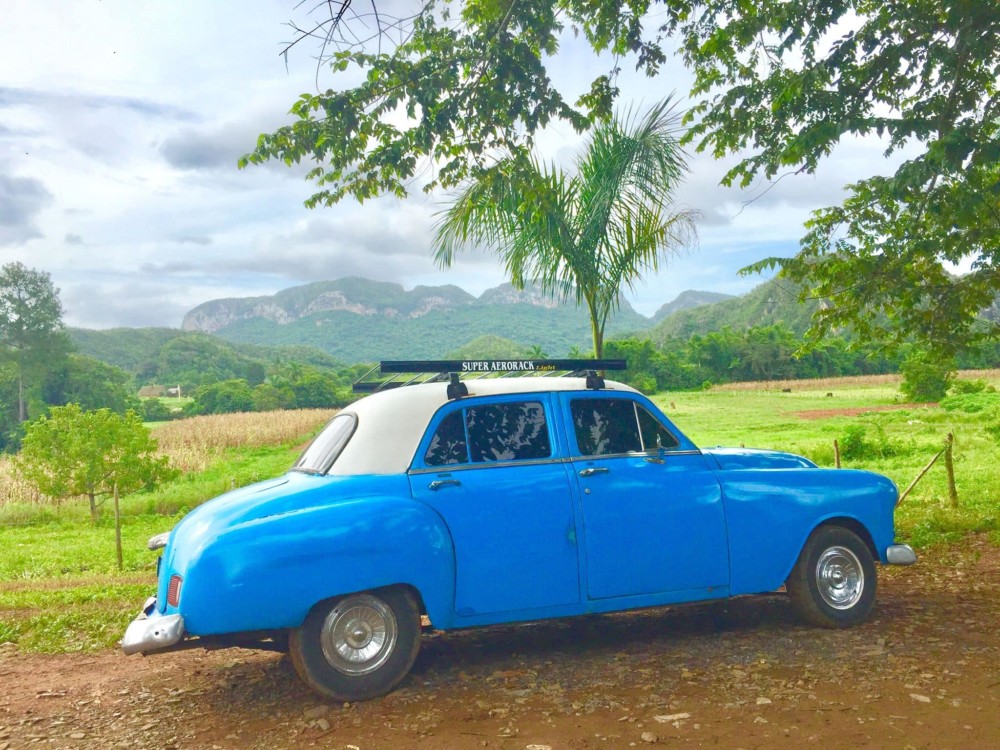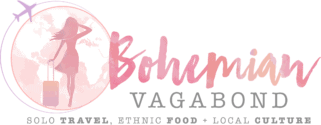Traveling to Cuba as an American has been confusing and intimidating. With the lift of sanctions back in 2015, many Americans excitedly traveled there. Then with the constant change by the trump administration, some have canceled trips or are scared to go. Traveling to Cuba is actually a lot easier than the news portrays. And doing your research and talking to friends that have gone recently in 2019 makes a difference in getting facts straight. After traveling there for 9 days, I have compiled some practical Tips for Americans Traveling to Cuba in 2019. And resources so that you are thoroughly prepared.
- Basics for Americans Traveling to Cuba in 2019
- Is it legal or not?
- Are Cubans friendly to Americans?
- Preparing for your trip to Cuba
- 11 Categories for Authorized Travel to Cuba (for Americans)
- Book your Accommodation
- Recommended Casa Particulars
- How much Money to Bring
- American Debit and Credit Cards do not work, so bring more than enough cash!
- What to Pack
- Basics for Americans Traveling to Cuba in 2019
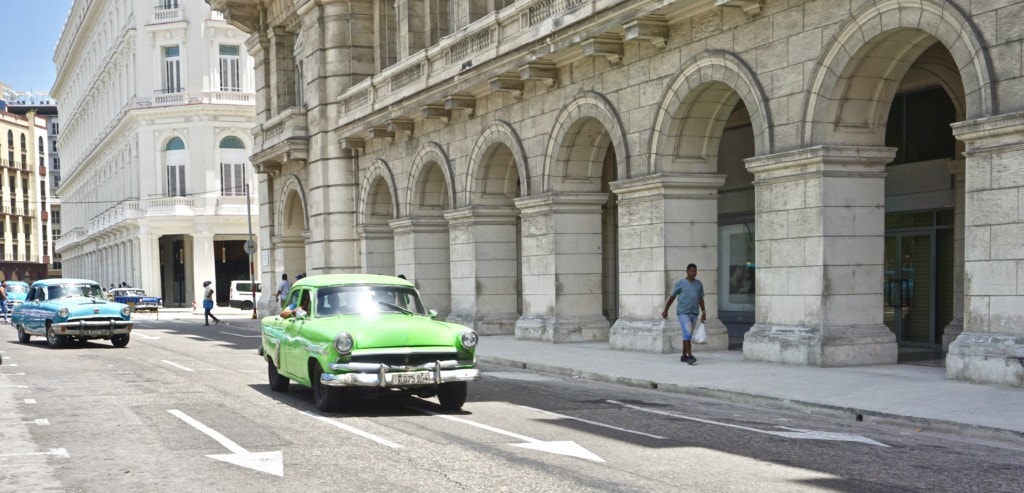
Cuba Travel Tips for Americans in 2019
Trust those that have Traveled to Cuba. Not what the media tells you.
The American Government, media, and US Embassy website seems to do a good job of scaring its citizens in visiting Cuba using the word “ILLEGAL” unless traveling under these “12 Permitted Categories“. Since September 2017, “People to People” is no longer allowed, so check off “Support for the Cuban People“. Once you reach the Havana airport, no one there cares what you do as they just want tourists to spend money and have a good time.
The number 1 advice I give you is to talk to those that have actually traveled to the destination you are going to. Instead of hearing the negative news or the hearsays the media and others tell you. This goes for Cuba, the Middle-East or anywhere else in the world. If you met 10 people who have been to the destination you are going to, who say that it’s a safe or easy place to travel through, I would trust them over the other 10 who have never been.
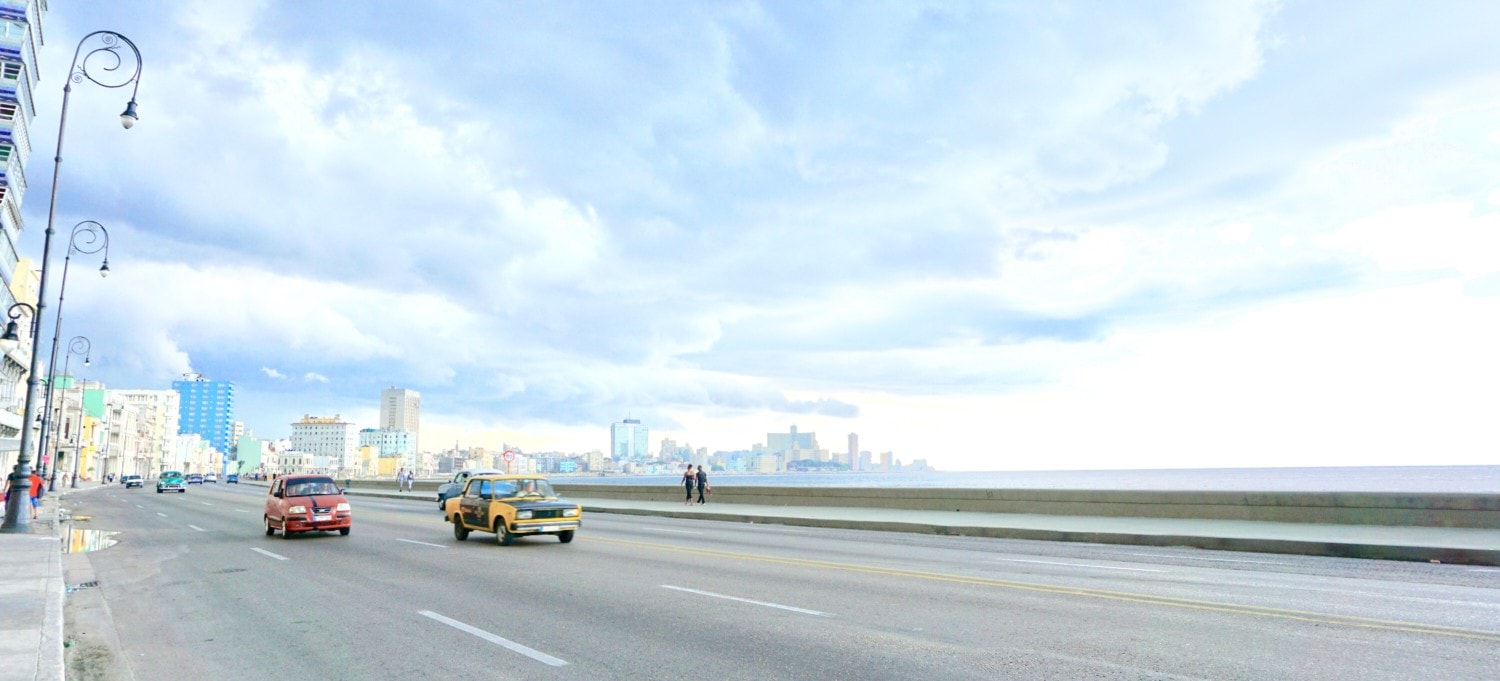
2015: President Obama Lifts Embargo on Trade & Travels to Cuba
The US enforced an embargo on imports and relations with Cuba in 1958. 50 years later, in April 2014, talks of re-establishing a relationship with the Cuban Government began. In May 2015, President Obama met with Raul Castro (Fidel’s brother), which was the first meeting between the 2 country’s leaders in over five decades. Since the meeting, Obama has been responsible for easing the embargo, allowing Americans to legally travel there. As a result, cruise-ships and Airlines began non-stop flight services between Cuba and major US cities. American Tourists were then permitted to visit as long as they were going under 1 of the 12 permitted categories. This has been a win-win for the Cuban people. Families have been able to reunite. Also, a win for Americans to be able to visit a country they know so little about while bridging new friendships.
As of October 2019, Americans Traveling to Cuba is still Legal.
Since trump came into office in 2016, he has made it his #1 priority to undo everything Obama has done. He began by tightening sanctions. And the media, as usual, has been in a scurry without clear understanding, by saying the policies have gone in effect, therefore, making it illegal for Americans to travel to Cuba. Though there are fewer flights, non-stop flights from Texas and Florida to Havana are still available. As well as easy access to Visas.
![]()
![]()
![]()
![]()
![]()
![]()
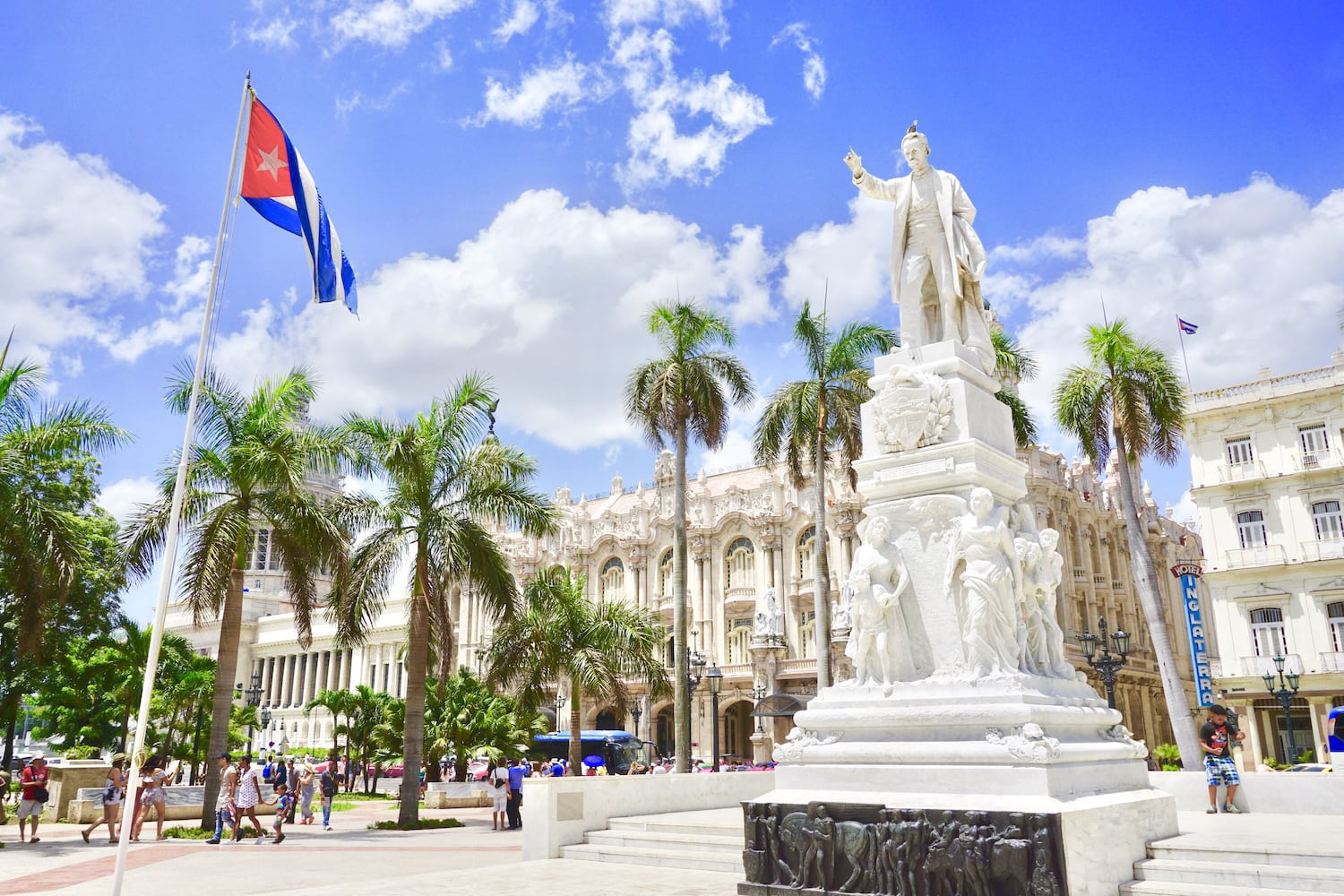
Cubans Welcome Americans with Open Arms
Reality is that tourists (especially Europeans, Canadians and South Americans) have been traveling to Cuba for decades. Some adventurous Americans have as well, as they traveled through airports outside of the US. Many went through Mexican airports. The Cuban Government has always welcomed tourists in. If a US citizen came in prior to 2015, they simply didn’t stamp it (as a favor to the American visitor). As many restrictions as the US has had with their citizens traveling to Cuba, once an American steps foot onto Cuban land, they are free to do anything they want. The Cuban government could care less. Mainly all they care about is to make money from tourists and for them to have a good time while doing so.
This is still the case today, as people ask whether or not they need to purchase Tour Packages from US Operators. The answer is no. It’s unnecessary, a ton of money, and you won’t experience the real Cuba.
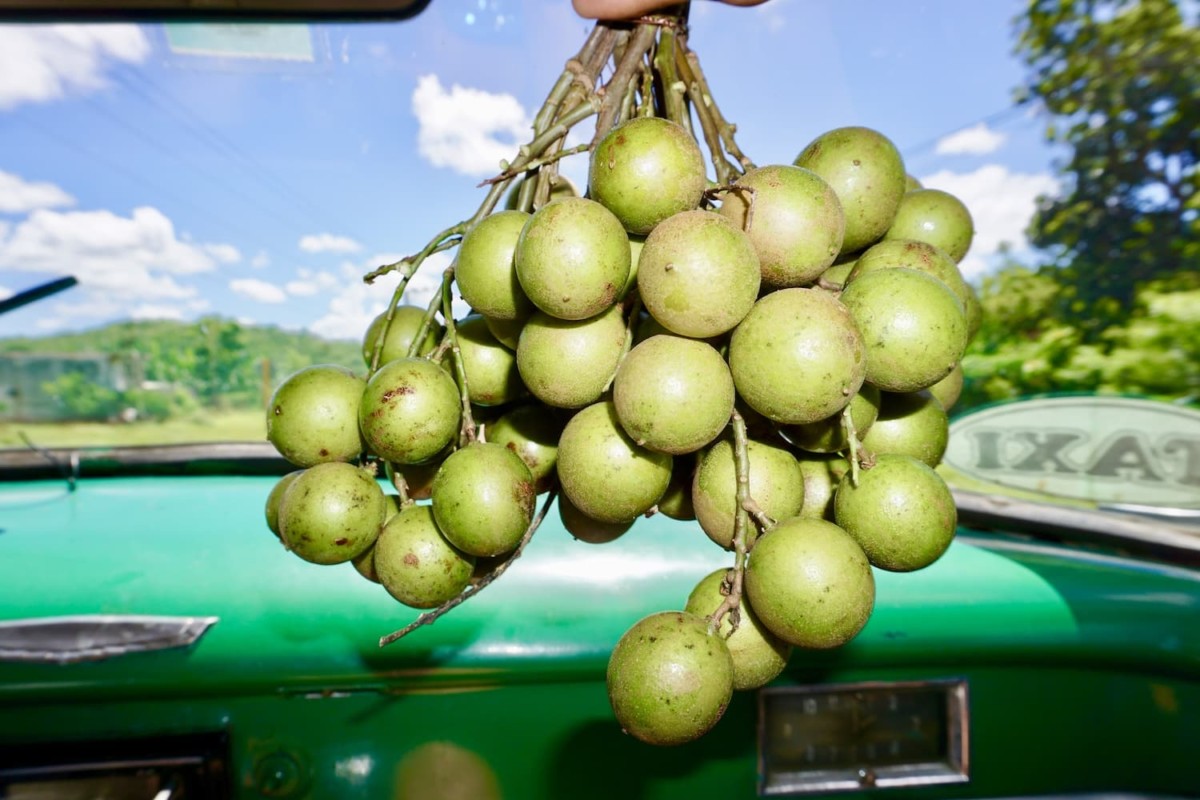
PREPARING FOR YOUR TRIP TO CUBA
Now that we have covered that Americans traveling to Cuba in 2019 is legal, let’s get down to the logistics of planning your trip. You do not need to book an expensive tour package that will break your bank. Below, I will offer some practical tips on organizing your trip to Cuba:
Step 1: Book Your Flight to Havana
Research the cheapest flight via third party booking sites like SkyScanner.com or Kayak.com.
- Airlines that Fly Non-Stop from the US to Havana: American, Delta, JetBlue
- From: Fort Lauderdale, Houston, Miami, Orlando and New York
Once you find a flight you wish to take, go to the actual airline website to see if it’s available for the same price. If so, then book it through there so you have more control over your flight and am able to put in your frequent flier miles.
Step 2: How to Obtain Your Cuba Visa
Purchase at Your Departure Gate
Depending on the airline you take, there are different procedures to obtain a Visa. As of 2019, only American Airlines offers Cuba Visas you can purchase directly at check-in from the Miami airport.
Purchase your Visa through Cuba Travel Services
The safest route is to purchase your Visa ahead of time through CubaTravelServices.com for $85 per Visa ($50 visa + $35 processing fee).
- For those living in Southern California, purchasing your Cuba Visa in Person is easiest. Cuba Travel Services has an office in the city of Cypress (North Orange County) near Long Beach. If you happen to be in the area, you can go in to purchase the Visas which is valid for one year. The office is open at 9 am, the last appointment at 4:30pm.
- For those that want to order it online, you can pay either $25 for 2 business day shipping or $40 for overnight shipping.
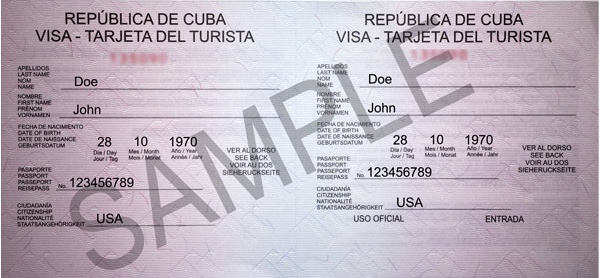
To Fill Out the Cuba Visa Form:
The Visa is a blank form that you fill out once you’re on the flight. That is what I did for 7 of my friends and it was completely painless and easy which took less than 10 minutes in & out of the office. (No questions asked)
- I called their office (or you can chat with them through their website) to book an appointment.
- Then they emailed me a 2-page Travel Affidavit Form to bring to the appointment.
- On the form, I filled out each of my friend’s legal name (as shown on their Passport) and had them each sign their signature.
- On the form, we checked our category “Support for the Cuban People“.
- At the office, I simply swiped my credit card (yay $640 worth of airline points!) and had them venmo me. (No need for anyone’s passport copy)
Tip: when Venmo’ing, do not mention “Cuba” as they will flag your account and hold until review.
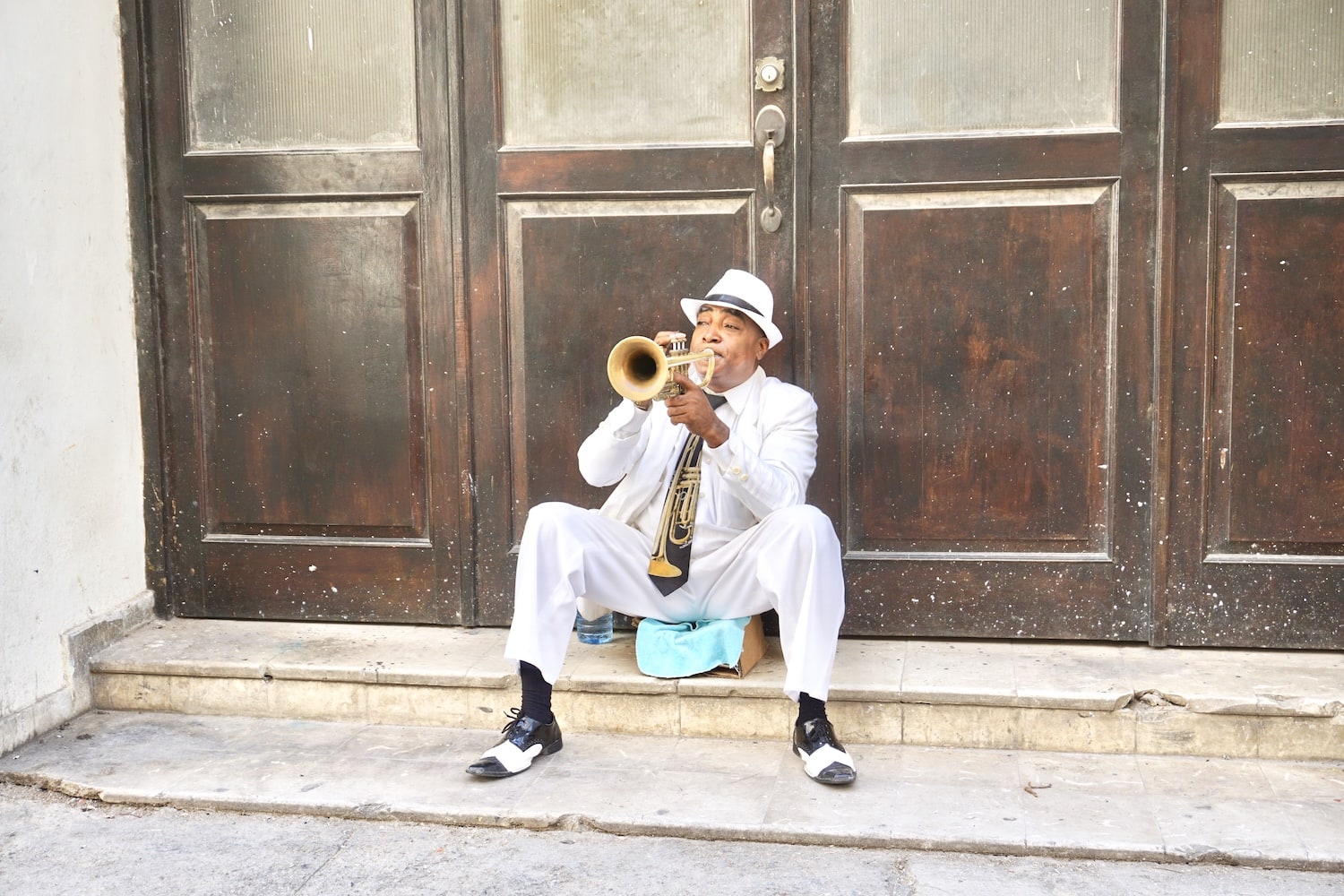
Step 3: The 11 Categories of Authorized Travel to Cuba
- Support for the Cuban People
- Family visit
- Official business of the U.S. government, foreign governments, and certain intergovernmental organizations
- Journalistic activity
- Professional research and professional meetings
- Educational activities
- Religious activities
- Public performances, clinics, workshops, athletic and other competitions, and exhibitions
- Humanitarian projects
- Activities of private foundations or research or educational institutes
- Exportation, importation, or transmission of information or informational materials
Most US visitors check off #1. Support for the Cuban People as most travelers go to learn about the Cuban culture, to engage with the people, to learn about their history and tradition.

Step 4: Book your Accommodation
I usually only book the first 1-2 nights stay of wherever I am traveling to as I like the flexibility to come and go as I please. Due to the limited access in Wifi for both the visitors and citizens of Cuba, it is crucial to book your accommodation ahead of time. In the case of wanting to stay an extra night in the town you are already in, that is totally doable. If the host doesn’t have an extra room, they always have relatives or neighbors they can refer you to then.
As American Tourists, you are technically not allowed to stay in any ‘Government-owned’ Hotels or dine at their restaurants which are considered “restricted” by American law. Regardless, the best Cuba travel experience is to stay at people’s homes called “Casa Particular” which you can find via Airbnb.
Tip on booking any accommodations: I always recommend booking a place with more than 10 – 4-star reviews or higher (out of 5 stars).
- The average rooms throughout Cuba cost $20-40 to rent in moderate conditions. This typically includes 1 – 2 double beds, warm shower, working toilet, air conditioning box, and a small fridge.
- You could spend more on remodeled/modern apartments in Havana.
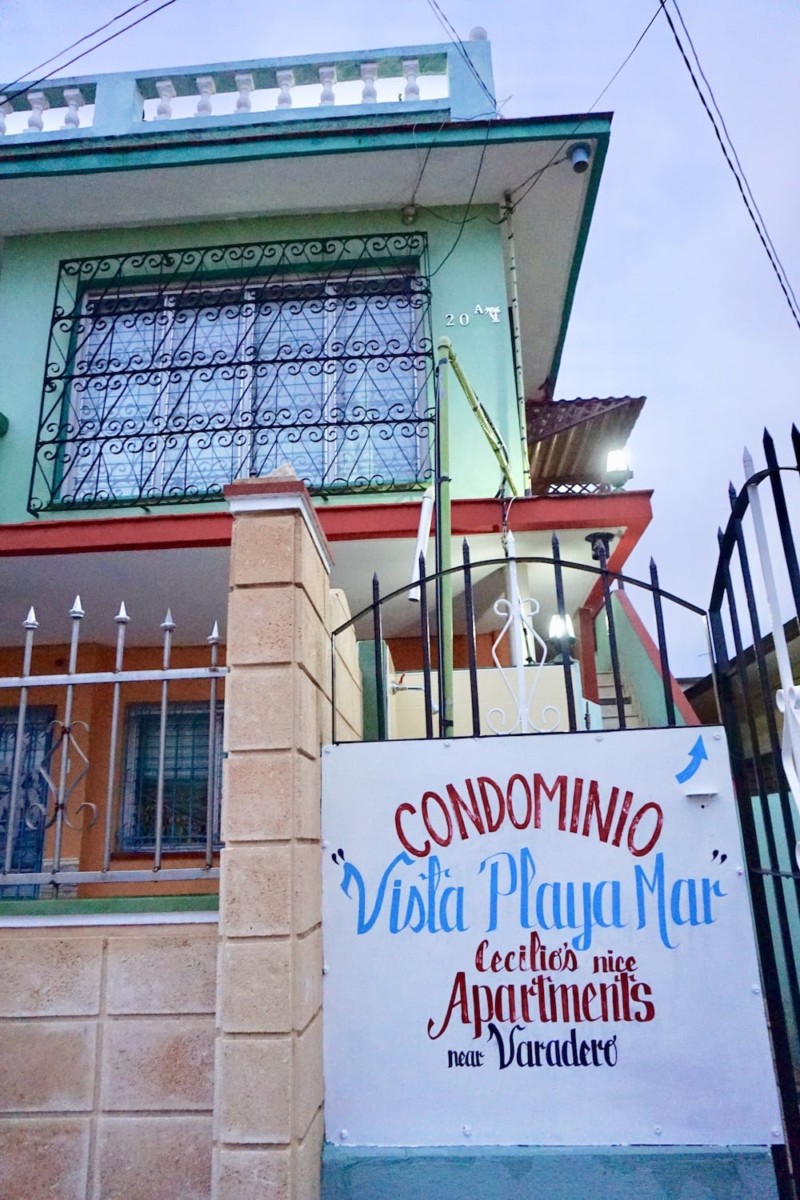
Benefits of Sleeping at a Casa Particular versus a Hotel:
- You truly engage with the Cuban People. You will be able to ask any questions in their home, learn about the history of Cuba through their experience (and their parent’s generation) in the past century and beyond. Soak in their perspective on whether or not they supported Fidel Castro and Che Guevara. And whether they have enjoyed the influx of Americans visiting.
- They learn about you, American culture, our country which they have limited resources of. Believe it or not, we asked close to a dozen people and no one knew who Desi Arnaz or “I Love Lucy” was! Almost all of them will ask upon hearing that you are an American, “What the hell is going on with your country and trump?” It’s really a light-hearted way to engage in a fun conversation that they think is hilarious (most Cubans love Obama).
- Many Casa Particulars will offer Bed & Breakfast options (some included, others for $5 each person). This typically includes a huge spread of fruits, eggs, bacon, sausages, bread, butter, juices, coffee and tea. If you’re lucky, some will even offer home-cooked dinner meals which have been the tastiest meals in Cuba. In Viñales, at our host, grandmother Pupi’s home, we had Lobster “Langostino” one night and pan-fried Fish “Pescado” the following night for $12 each meal. It was needless to say, delicious!!
- The homes we stayed in had small refrigerators equipped in our rooms filled with water, beer, juices (for reasonable prices) as well as a kitchen for us to use which helps you save some money.
- You truly support the family you are staying with financially, and the cultural exchange is priceless. It’s truly the best experience.
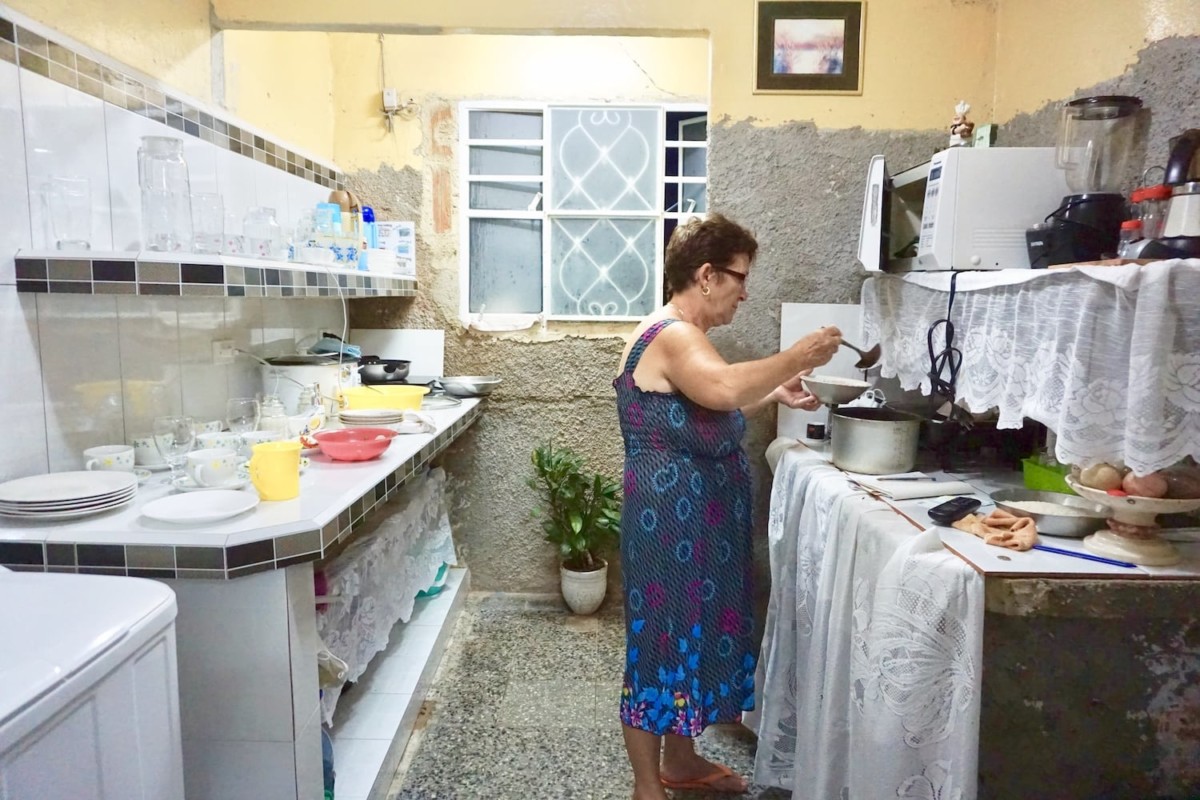
Recommended Casa Particulars & Airbnbs in Cuba:
For the first time Airbnb guests, use my code for a discount!
Havana:
- Alain y Lety’s “Casa Malecon Habana”
Viñales:
- “Villa Pupi y Emilio’s Casa”
- $19/night
- https://www.airbnb.com/rooms/15560057
Boca de Camarioca (centrally located between Matanzas/Varadero):
- “Hostal Lourdes Leo”
- $25/night
- https://www.airbnb.com/rooms/14285056
Hostal.Lourdesleo@nauta.cu
Each of these wonderful hosts can help arrange any type of tours: walking tours, multi-day tours or excursions.
Step 5: Bring Enough Cash for your Whole Trip!!
Now that you are all booked for your trip to Cuba, let’s talk about money and packing. Cuba is a beautiful country with so much to see, do and experience. Not being properly prepared with enough cash and some extra planning could cost you a lot more agony, time and annoyance than necessary.
I don’t like carrying a lot of cash in general. When I travel, I typically bring around $300 USD and exchange as I go but rely mostly on ATMs as they have had the best exchange rates. You have to always carry both options though as sometimes ATMs don’t work or have limited amounts of money you can pull out depending on countries. (This was the case in Senegal where they only let us pull out $40 at a time and banks were taking 2-3 hours wait-time to exchange money.)
Americans cannot pull out money from the ATM or use Debit/Credit Cards in Cuba
The American government has restricted all access to pull cash from the ATM or Credit Card in Cuba. So bring more than enough cash for your whole trip. As I talked to friends that have gone, they all said they used on average $75-100 per day which includes their homestay, food, transportation, alcohol and every little thing.
For those who want to buy Cigars, you should set aside a whole reserve for that as it is still costly there.
Cuba is a developing country and the citizens earn among the lowest wages in the world at an average of $25/month. However, the country is not as cheap as you would think to travel through (like other third world countries). I found myself spending as much money as I would in Europe, with transportation being the most costly. We also splurged a few nights at nicer restaurants. Some of us also tipped more generously at times to help the local people.
To save money, getting around with Shared Taxi’s and Public Busses is doable but will take a lot more time. And it is only advised for the more adventurous travelers.
Examples of Daily Cost / How to Budget:
Casa Particulars/Airbnb Nightly Costs: $40 per night average (or split according to how many people sharing the room)
Food/Drinking:
- Breakfast: $5 (or save money by buying Eggs and Fruits from the grocery store and eating at your accommodation)
- Lunch & Dinner: Meals can be as cheap as $3 for a Cubano Sandwich (the best was at Fabrica Club in Havana) or $50 a meal (including alcohol) at the most high-end restaurants in Havana (La Guarida rooftop restaurant is worth going). I would budget $20-30 a day for food.
- Alcohol: Beers and Cuban Rum drinks cost $2 average in the bars. But they add up if you consume a lot. We were with a party group so this easily added up to $20 a day per person. To save money, I would advise you to pre-drink before going out. Buy a Liter bottle of Havana Club rum for $6-8 to put in your purse at all times. The lovely thing about Cuba and much of the world outside the US, is that you can drink on the streets and whether technically legal or not, in car rides too. People are up to party any time of the day with Reggae-tone Music always blasting. Sharing your booze is also a great way to engage new conversations and friends. I have been guilty of this practically everywhere I travel.
- Bottled Water: Always drink bottled water, which will cost no more than $2 per day for a liter. In most restaurants, they use water that has been boiled or purified, as well as the ice so you should be safe. But if you are paranoid, then just bring your own water bottle (they rarely care).
Step 6: What to Pack for Cuba
- Bug Spray: There are mosquitos and bugs, especially during warmer days.
- First Aid Kit / Medicine: Like Traveling anywhere else, best to pack Pepto Bismol, Anti-Acid stomach medicine, Ibuprofen, Z-pack or Antibiotics in case you get a virus and some Bandages. If all hell breaks loose, Cuba does have an amazing Healthcare System and will treat you at a very low cost.
- Tampons and Sanitary Pads are very tough to find, so for women traveling to Cuba who will be on their period, pack this!
- Sunblock
- Hot Sauce: Many people who have traveled to Cuba feel that their food tends to be blander. Typically, the only seasoning is just oil, a little salt, and pepper in most dishes. So I advise those with stronger palettes, to bring some of your own spices, sauces or in my case, HOT SAUCE! Bring packets from fast-food restaurants or a small bottle to carry with you at all times.
- On a Side Note: I also packed Cup Noodles. This is clearly optional, but I am addicted to Noodles. It’s also a good mid or late-night snack to have for some comfort food.
- No need for International Chargers as they have the same electric plug as America.
- If traveling April to November, bring a light raincoat or umbrella as it’s tropical and during the rainy season.
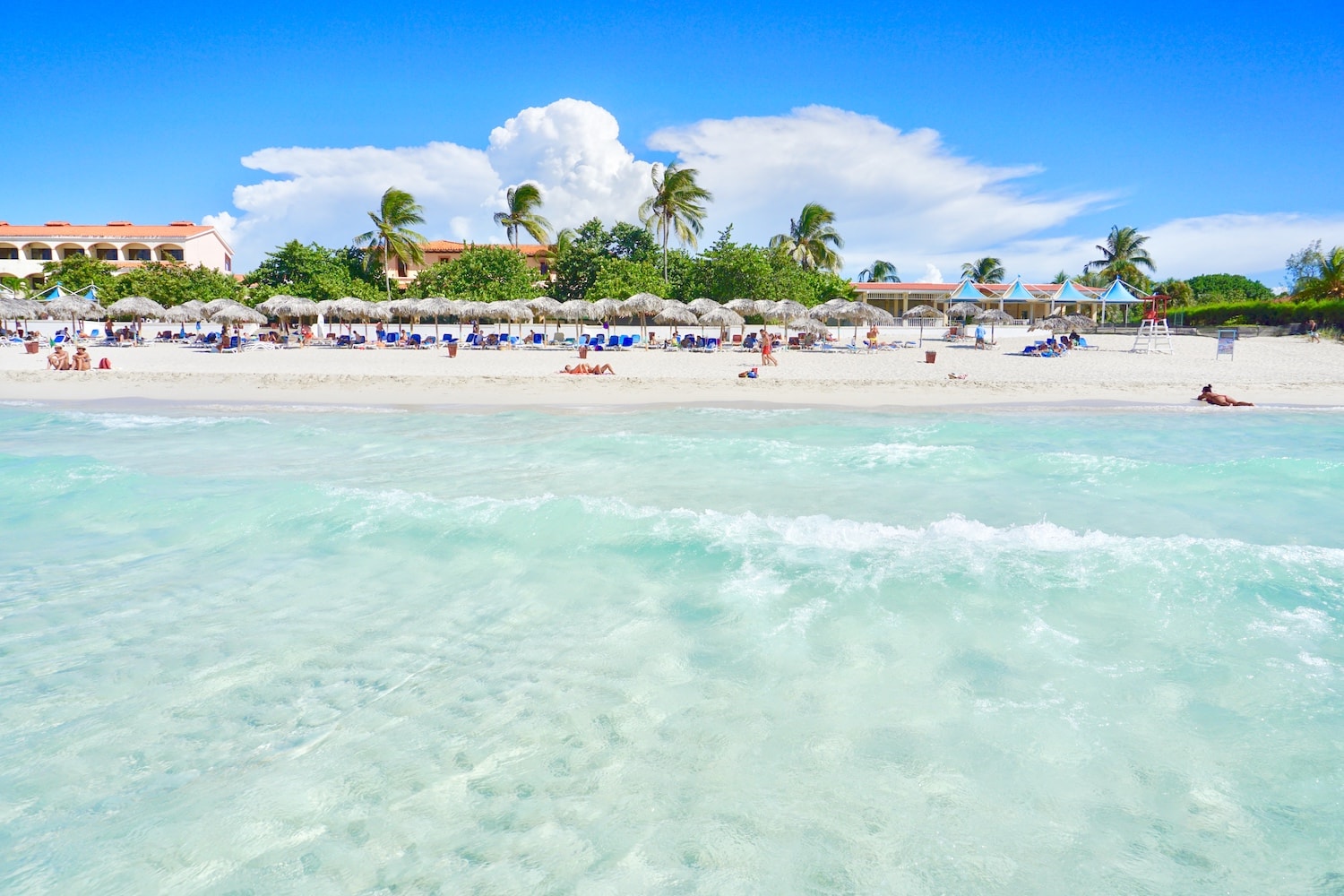
What Type of Clothing to Pack for Cuba
The weather is usually hot and humid and the Cuban people are very liberal and casual. So pack casual cotton and linen clothes. Bring hiking or running shoes for outdoor activities (horseback riding, bicycling, hiking, etc).
For Women: Local ladies dress in short shorts/skirts and bikini’s on the beaches. With that being said, the men tend to be machismo and some, chauvinistic. Females may get some cat-calls while walking on the street. Just something to keep in mind when deciding outfit choices and consequences. As far as shoes go, I brought only a pair of wedges to wear on some nights although sandals are perfectly fine.
For Men: You could get away with wearing anything. Pack a decent evening outfit for a night out to town in Havana as it has some nice clubs and lounges. It also looks great for the photos to dress in All White Linen and Straw Hats!
Bring Clothes & Practical Items to Donate
If you have unused/un-wanted clothing, school supplies, electronics, or any practical items to donate, bring it and donate it to your hosts at the Casa Particular. They will truly appreciate it. Our host Pupi cried when she saw the 3 bags of clothing we brought for her which would be passed down to her children and grandchildren. A little goes a long way in Cuba.
Step 7: Once You Arrive in Cuba
- Exchange money as soon as possible. I would advise exchanging outside of the airport as the rates would be highest. The rate for exchange from USD to CUC (Cuban Peso) is generally 1:1. However, the USD is taxed with 10-12%, so you end up getting 88 cents to 1 CUC. Exchanging to Canadian Dollars (CAD) or EUROs ahead of time (go to your Bank or Exchange company) with a good exchange rate may end up saving you a couple of bucks. Do the math before to see what is most worth it for you. Once you arrive at your Airbnb, ask your host where is the best place to exchange. They may potentially have a friend you can exchange for a better rate.
- Purchase WIFI cards. Using the internet in Cuba is different than anywhere else. It’s not just about finding a ‘Wifi Spot’. You need to purchase these Internet Cards at $1.50 per card for 1-hour use. So I suggest just buying 10 at a time. Finding the hot spots isn’t always easy but the locals will know where. The most common spots are certain areas of public parks.
Purchasing Cigars
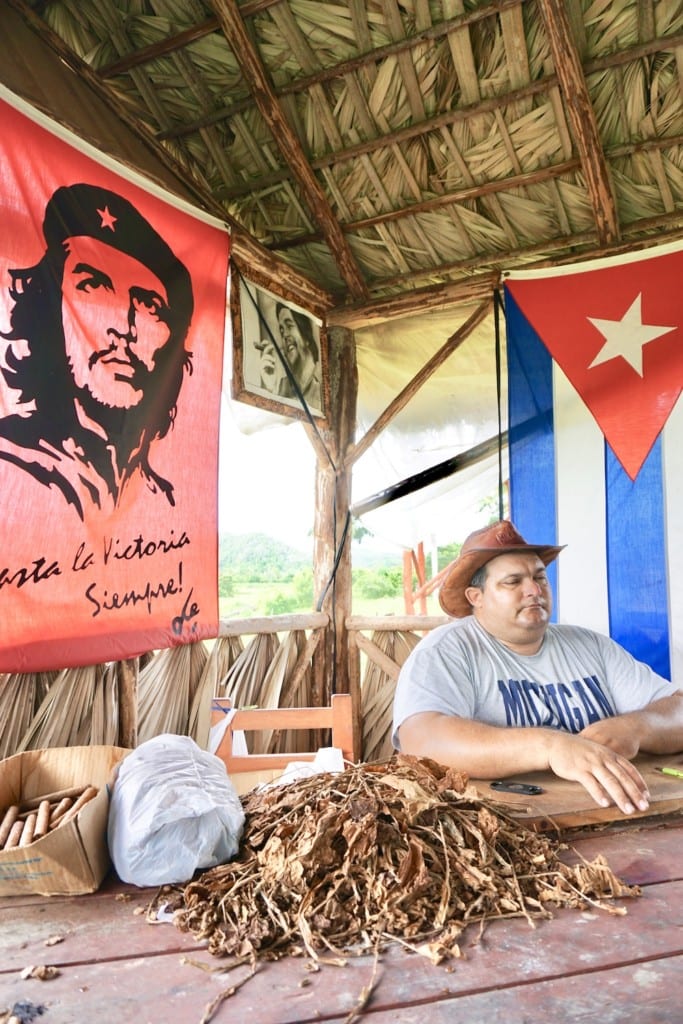
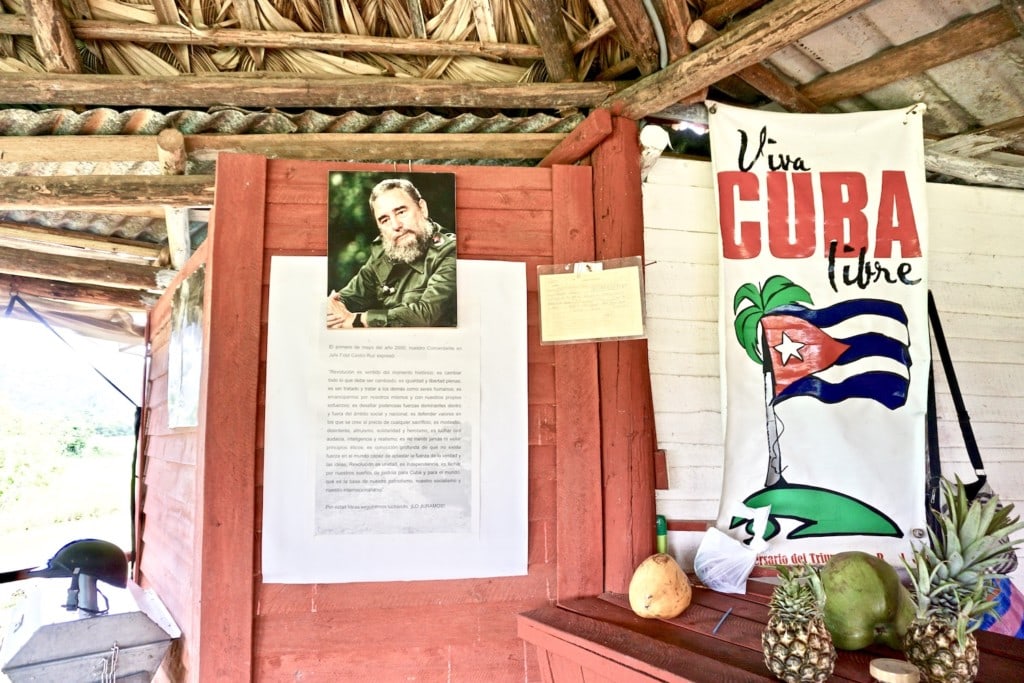
Many Americans traveling to Cuba love to buy Cigars as souvenirs as well as exploring the Cigar Farms in Viñales or the various other cities. You may likely pick up smoking cigars as well while there.
Tip: Dip the tip side you are smoking in Honey, it makes it even tastier!
Where to buy Cigars is Debatable
- Some will say the best quality cigars are from government-owned shops. The brand names: Cohiba and Romeo & Juliet will cost on average $9 a cigar or $150 a box.
- We bought some from the Family-Owned Tobacco farms in Viñales (Juan Luis y Luis) and loved those even more. Those will cost about $60 for a 25 pack.
Annoyances & Dangers in Cuba
Cuba is generally a very safe country to travel through for both men, women and solo travelers. There is virtually no gun or knife violence. Hurting tourists result in major jail time and fines. Plus, they really do love tourists! That being said, there are some scams to be aware of:
- Always negotiate your Taxi Rides. Get an idea of what it should cost from your Airbnb host in the area you are in.
- There are men who may approach you and tell you that there is a “Cigar Festival” or local party they want to take you to. This, of course, sounds enticing but be wary. If you agree, they may take you to an alley or a friend’s house and either sell fake crappy cigars or ask you to give them money. While it may seem threatening at the time, they will very unlikely hurt you. So either run or give them a few dollars.
- When shopping outside of stores, prices can always be negotiated. So start lower at 50% of the said price.
- Be smart and don’t try to buy drugs in Cuba. Save it for another country like Colombia. But, many people do go to Cuba for the nightlife so there could be an impulsive inclination to accept these offers. Many locals on the streets will sell fake Cocaine (baking soda or cheap crack type stuff) and extort you for a lot of money. So just don’t do it.
- Some women will get cat-calls but it’s usually non-threatening and not too aggressive. It as not as common as other Latin-American countries though thankfully.
Overall, enjoy your travels to Cuba! Engage with as many locals as possible and ask them about their lifestyle. They are a hospitable, warm group of people who despite the corrupt regime they’ve lived in, generally have a positive attitude towards life. They are family-oriented and always down to have a good time. Best of all, there is always music blasting wherever you go!
